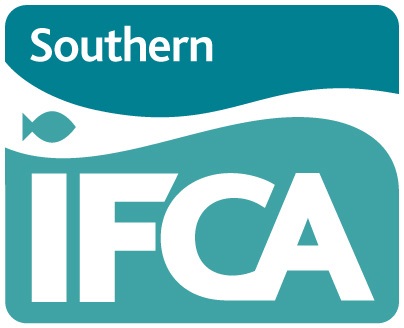Solent Dredge Fisheries
Dredge fisheries in the Solent have historically supported a number of fishers from ports including Lymington, Warsash, Portsmouth, Langstone, Chichester, Cowes, Bembridge and Yarmouth. Target species have varied throughout the years, and the fleet has adapted to new and emerging opportunities based on the available fisheries. This has included native oysters (Ostrea edulis), Pacific oysters (Magallana Gigas), Manila clams (Tapes phillipinarum), American hard-shell clams (Mercenaria mercenaria), native paulourde clam (Ruditapes decassatus), cockles (Cerastoderma edule) and king scallops (Pecten maximum).
From the 1970s up until around the mid 2000’s the main target species supporting much of the fleet was the native oyster. During this period the Solent was considered one of the largest self-sustaining oyster fisheries in Europe employing at its peak, 700 individuals. The fishery has historically been a winter fishery and was spread across much of the subtidal sediments of the Solent including Southampton Water, Portsmouth, Langstone and Chichester. Since 2014 Southern IFCA has deemed parts or all of the native oyster fishery to be severely depleted, and therefore the fishery has remained closed.
Clams species have been the focus of various targeted fisheries. These have included the native pallourde, but more recently have focused on two non-native species. The American hard-shell clam was first targeted commercially in the 1970s and the fishery has been subject to various peaks and troughs throughout the years. They are fished in their own right but also are currently collected as a bycatch of the manila clam fishery. The manila clam is another non-native species which has spread into the Solent. First spreading to the area around 2006, naturalised populations have been subject to fisheries since then. Both species of clams typically populate the intertidal areas, making the Solent an ideal area for them to proliferate.
More recently, from around 2012 onwards a scallop fishery has developed in the Solent. Particularly focused around the north-east side of the Isle of Wight, occupying the shallow subtidal sediments near the forts of the eastern Solent and into Osbourne Bay. Previously targeted by a few vessels in each year, this fishery has now expanded and supports up to 47 vessels during the winter months.
In the 2023-2024 season, 560 tonnes of scallops were harvested from the Solent and approximately 59 tonnes of Manila Clam were also collected from Southampton Water and Portsmouth Harbour.
